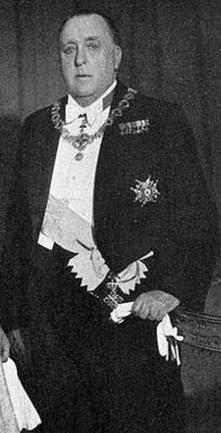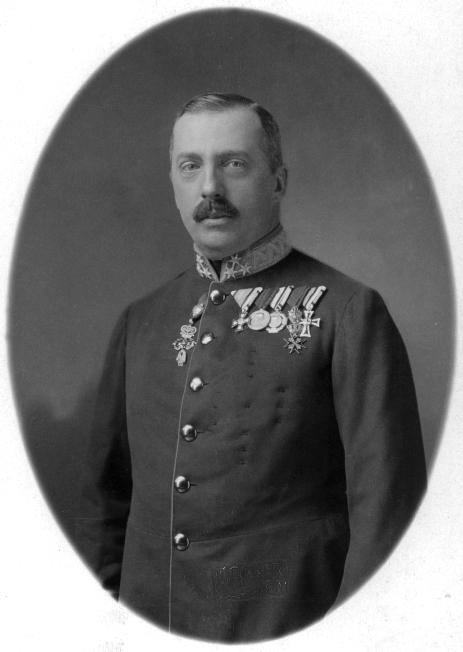by Scott Mehl
© Unofficial Royalty 2023
The Kingdom of the Two Sicilies was located in today’s southern Italy. It included the island of Sicily and all of the Italian peninsula south of the Papal States. Ferdinando I, the first King of the Two Sicilies, had previously reigned over two kingdoms, as Ferdinando IV of the Kingdom of Naples and Ferdinando III of the Kingdom of Sicily. He had been deposed twice from the throne of Naples: once by the revolutionary Parthenopean Republic for six months in 1799 and again by Napoleon in 1805, before being restored in 1816 after the defeat of Napoleon. After the 1816 restoration, the two kingdoms were united into the Kingdom of the Two Sicilies.
Vittorio Emanuele II, King of Sardinia became a driving force behind the Italian unification movement along with Giuseppe Garibaldi, a general and nationalist, and Giuseppe Mazzini, a politician and journalist. Garibaldi conquered Naples and Sicily, the territories of the Kingdom of Two Sicilies. Francesco II, King of the Two Sicilies was deposed, the Kingdom of the Two Sicilies ceased to exist, and its territory was incorporated into the Kingdom of Sardinia. Eventually, the Sardinian troops occupied the central territories of the Italian peninsula, except Rome and part of Papal States. With all the newly acquired land, Vittorio Emanuele II was proclaimed the first King of the new, united Kingdom of Italy in 1861.
********************
Since 2015, Prince Pedro of Bourbon-Two Sicilies is one of the current claimants to the headship of the House of Bourbon-Two Sicilies, and pretender to the former throne of the Kingdom of Two Sicilies. The other is his distant cousin, Prince Carlo of Bourbon-Two Sicilies, Duke of Castro.

Prince Pedro of Bourbon-Two Sicilies, Duke of Calabria; By Pascuamayo – Own work, CC BY-SA 4.0, https://commons.wikimedia.org/w/index.php?curid=135472974
Prince Pedro Juan Maria Alejo Saturnino de Todos los Santos de Bourbon-Dos Sicilias y Orleans was born in Madrid on October 16, 1968. He is the only son of Prince Carlos of Bourbon-Two Sicilies, Infante of Spain, Duke of Calabria and Princess Anne of Orléans. Pedro has four sisters:
- Princess Cristina (1966) – married Pedro López-Quesada y Fernández-Urrutia, had issue
- Princess María (1967) – married Archduke Simeon of Austria, had issue
- Princess Inès (1971) – married Michele Carrelli Palombi dei Marchesi di Raiano, had issue
- Princess Victoria (1976) – married Markos Nomikos, had issue
On March 30, 2001 in Madrid, Prince Pedro married Sofía Landaluce y Melgarejo. She is the daughter of José Manuel Landaluce y Dominguez and Maria de las Nieves Blanca Melgarejo y González. The couple have seven children:
- Prince Jaime, Duke of Noto (1992) – married Lady Charlotte Lindesay-Bethune
- Prince Juan (2003)
- Prince Pablo (2004)
- Prince Pedro (2007)
- Princess Sofia (2008)
- Princess Blanca (2011)
- Princess Maria (2015)
The Duke of Calabria has worked as an agricultural and forestry engineer, and manages the family’s estate, La Toledana, in Retuerta del Bullaque, Spain. He also manages other farms and forest land through his company, Agrocinegetica Borbon, SL. He has served as President of the Royal Council of Military Orders since 2014, having been appointed by his third-cousin King Felipe VI of Spain. He also holds positions with numerous charitable organizations, including:
- President, Foundation for the Protection of Nature
- President, Foundation Lux Hispaniarum
- President, Foundation of the Hospital of Santiago de Cuenca
- Patron, Foundation of Commanderies of Santiago
- Vice President, Delegation of the Community of Castilla-La Mancha
* * * * * * * * * *
Kingdom of the Two Sicilies Resources at Unofficial Royalty
* * * * * * * * * *
This article is the intellectual property of Unofficial Royalty and is NOT TO BE COPIED, EDITED, OR POSTED IN ANY FORM ON ANOTHER WEBSITE under any circumstances. It is permissible to use a link that directs to Unofficial Royalty.



















